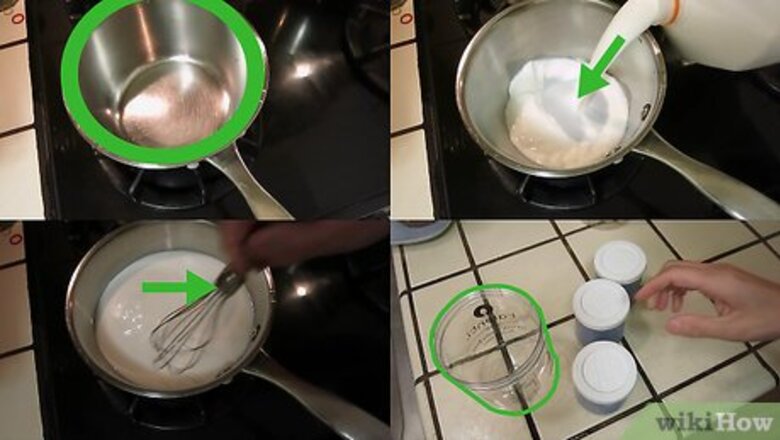
views
Making Yogurt for Cheese
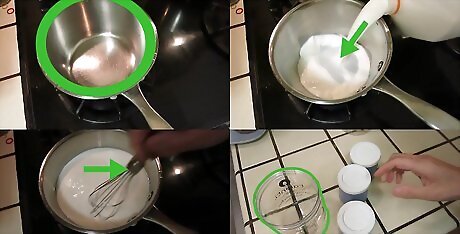
Gather your ingredients. If you have some raw milk and you want to turn it into some farm cheese, then it is a pretty simple process. However, you will need some special ingredients and materials to make cheese from raw milk. You will need: raw milk yogurt starter or plain store bought yogurt a large pot a heat proof whisk a large mason jar or multiple smaller jars a cooler or crock pot water a spoon plastic containers or more jars for draining cheese cloth rubber bands herbs, spices, and other seasonings of your choice
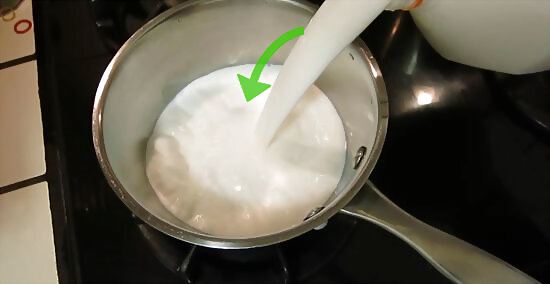
Pour a quart of raw milk into a pot and bring it to a boil. Stir the milk constantly with a whisk as it warms up. Watch the milk closely to ensure that it will not boil over. If you have a food thermometer, then turn off the heat when the milk reaches 110 degrees Fahrenheit. You can use more or less milk if you want, just make sure that you add an equivalent amount of yogurt starter.
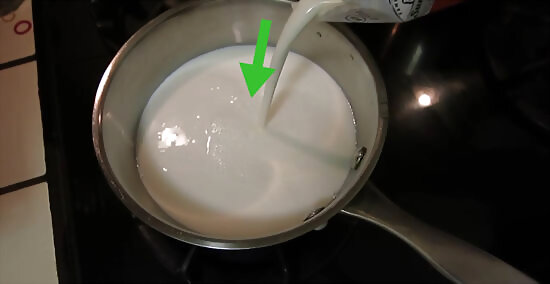
Add two tablespoons of yogurt starter. You can use two tablespoons of plain store bought yogurt starter or use a special yogurt starter product. Whisk the yogurt starter into the warm milk. If you notice that any foam has started to form on the top of the milk, then skim it off with a spoon.
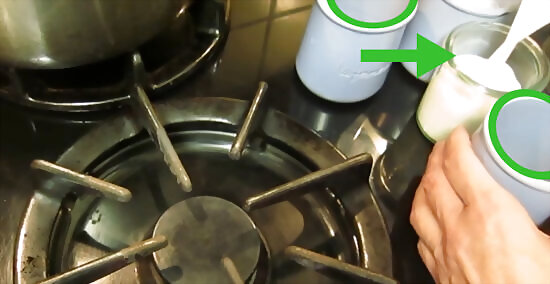
Pour the raw milk into a large mason jar. You can also use several small jars if you do not have one big one. After you pour the yogurt into the mason jar, cover it and make sure that the lid is tight.
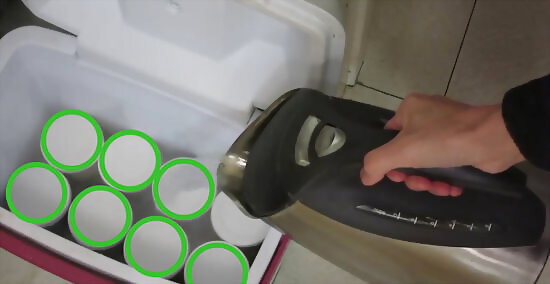
Place the jar(s) in a cooler and fill with hot water. Place the jar of yogurt into a cooler and pour enough hot water into the cooler to nearly cover the jar. Then, close the lid of the cooler. You can also place the jars in the center of a crock pot and pour hot water into the crock pot. You can also cover the cooler or crock pot with a towel to help insulate the yogurt.
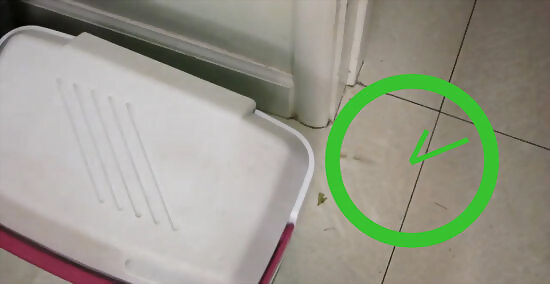
Let the yogurt sit overnight. The yogurt will need to sit for at least six hours, so you may want to leave it overnight. In the morning, the raw milk will have transformed into yogurt. Place the yogurt into your refrigerator to chill for about one hour or until you are ready to start turning it into cheese.
Turning the Yogurt Into Cheese
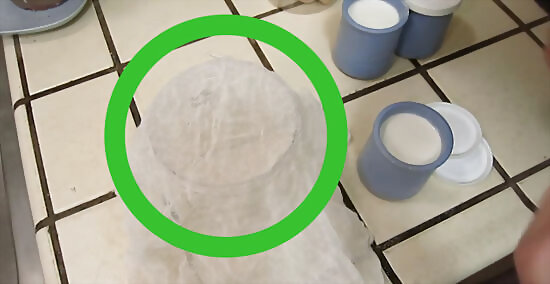
Place cheese cloth over a large container. Any large container with a lid will do, such as another large mason jar or a plastic container with a tight fitting lid. Place the cheese cloth over the opening of the container and then use a rubber band to hold the cheese cloth in place. Make sure that the cheese cloth dips down into the container enough for the yogurt to drain, but not so low that the yogurt will be touching the whey that is drained from the yogurt. If you have a lot of yogurt to turn into cheese, then you may need to have multiple containers and cheese cloths.
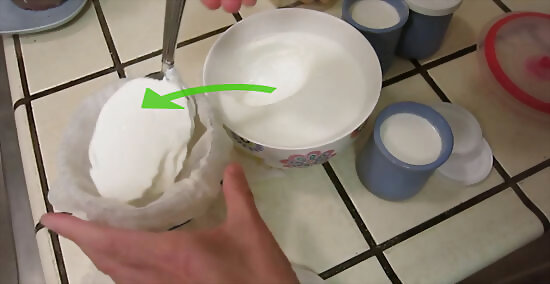
Spoon the yogurt into the cheese cloth. Fill the cheese cloth about ¾ of the way with the yogurt. Make sure that there is an inch or two of space below the cheese cloth to allow the yogurt to drain. You may need to tap the bottom of the container against your counter to distribute the yogurt evenly in the cheese cloth.
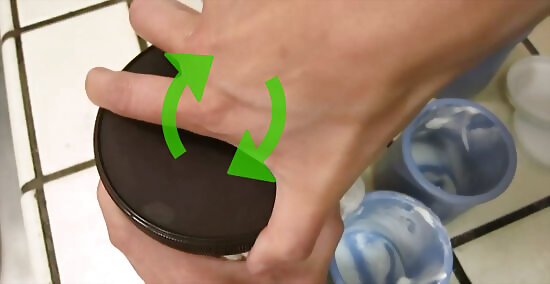
Cover the container and place it in the refrigerator. Next, secure the lid on your container and place the container in the refrigerator. The yogurt will need to drain for at least a couple of days, but you may leave it to drain for up to two weeks. The longer you wait, the denser the cheese will become. There may be some excess cheese cloth hanging over the edges of your container. You can tie the excess cheese cloth on top of the lid or use another rubber band to secure it.
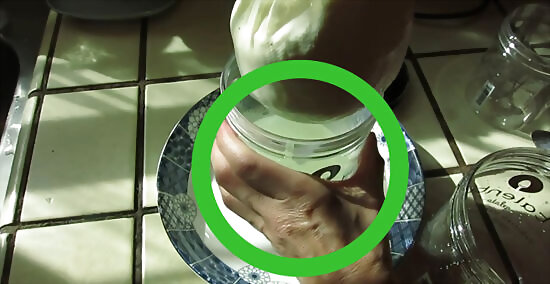
Drain whey from the container as needed. As you wait for the cheese to form, you will need to drain the whey from the container as it collects. Check the container once or twice per day and pour out any excess whey that has collected in the bottom of the container. To drain the whey, open the container and then remove the rubber band holding the cheese cloth in place. Then, use the cheese cloth to pick up the cheese and pour the whey out of the container as you do so. Then, replace the cheese cloth, secure it in place with the rubber band again, replace the lid, and return it to the refrigerator.

Season as desired. After you have drained your cheese to the desired consistency, you can enjoy it as is or you can add some seasonings. For example, you could add salt, fresh ground black pepper, garlic powder, fresh basil, dried thyme, or any other combination of herbs and spices that you would like to add. Try serving your homemade cheese with some freshly baked bread, crackers, or in an omelet. Store your raw milk farmer cheese in the refrigerator for up to two weeks.


















Comments
0 comment